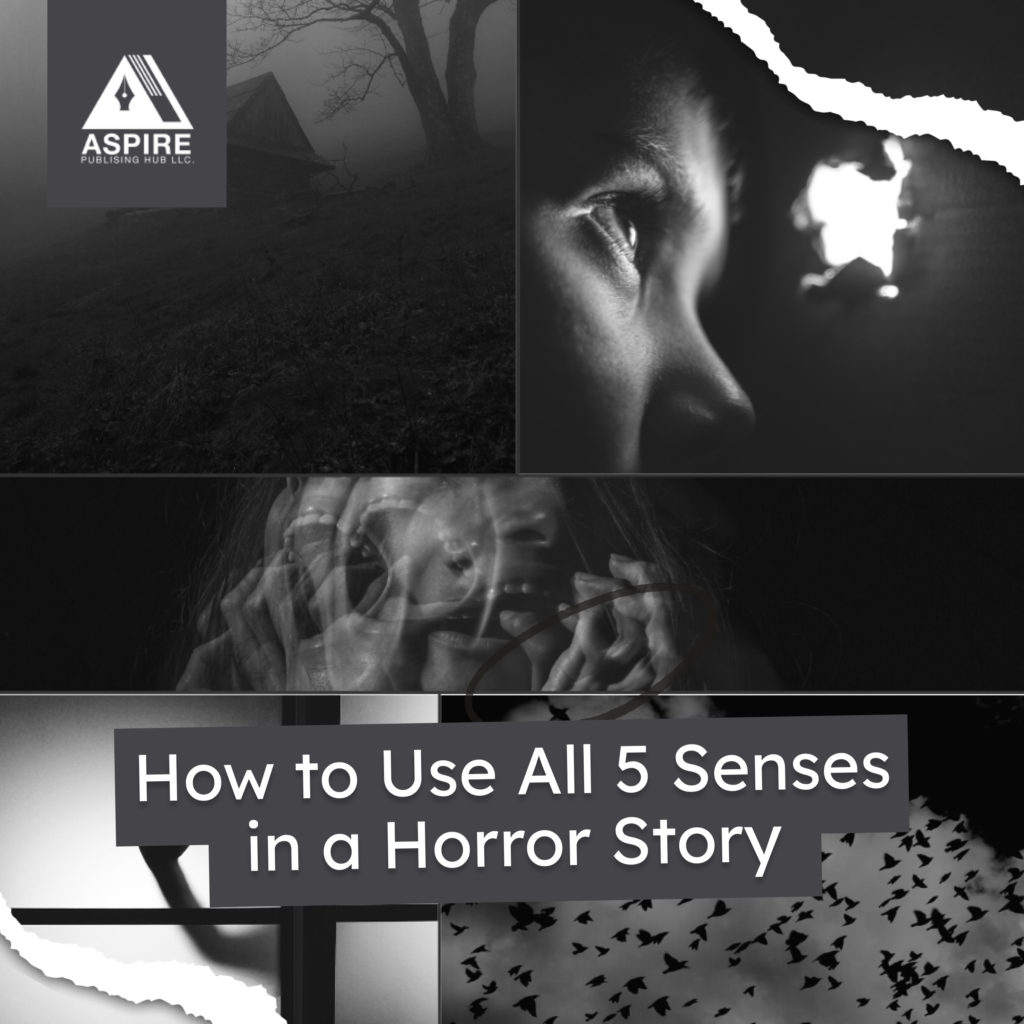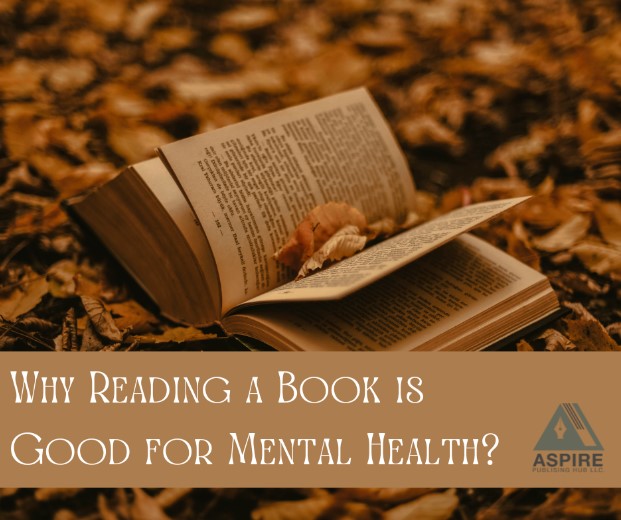Bring your scary stories to life by following this lesson! We explain how using the five senses in your narrative can enhance emotion and produce maximum terror in your readers.
When you write a horror story, it’s all about making the reader feel scared and on edge.
Integrating the five senses—sight, smell, sound, taste, and touch—into your narrative can add depth and help you generate a terrifying atmosphere.
Sight: Introduce visuals that inspire a feeling of terror.
When introducing an image into a narrative, sight is always the first sense we utilize. Utilize descriptive language to convey a vivid picture of the scene. Create a sense of unease or gloom by using light and shadow.
Describe a terrifying scene to your readers, such as a suburban house or graveyard in the dead of night or a mysterious figure hiding in the shadows. Using such visual details not only helps to instill terror in your writing but also allows your readers to create a vivid mental image for maximum fear-inducing potential.
Touch: Utilize creepy textures to add a layer of fear and dread.
Use descriptions of texture and physical sensations to add depth to your story. Surfaces that are cold, slimy, or abrasive can add to the fear. Touch is the other physical sensation that can induce terror in readers.
Generate images of icy, slimy textures and touches, such as wet moss covering gravestones or a cobweb-filled attic that has been abandoned for years. Adding unique textures to your horror stories might make them appear more genuine and horrifying.
Smell: Include pungent odors like rotting food, smoke, and sulfur to create a physical reaction in the reader.
The power of a bad smell should not be underestimated. Add odors such as rotting eggs, burning incense, decomposition from a nearby swamp, and musty books from an ancient library. Smells can be used to describe the atmosphere or the emotions of a character in horror stories.
Emotions can have a lasting impact on readers if properly utilized. Use aromas to set the mood. An unpleasant or strange odor might induce a sense of unease.
Hearing: Incorporate noises like unsettling creaks, knicks, screams, and whispers to keep the reader on their toes.
Use unsettling or unexpected sounds to generate tension. Use quiet to create suspense. You can create a scary atmosphere and capture your audience’s attention by including sound effects in your horror stories.
Include frightening noises such as disturbing creaks, bangs, screams, whispered whispers, doors slamming shut, pounding feet running towards the audience, and many others. Similar to odors, sounds can be employed to represent surroundings or character emotions. Create a scary and suspenseful atmosphere by strategically placing noises.
Taste: Describe tastes that are tinged with bitterness or have a metallic tang; these can trigger feelings of anxiety in readers.
When writing a scary story, using the sense of taste can be a powerful way to make people scared. Use descriptions of flavor to create ambiance. A metallic or bitter taste can heighten a scene’s misery. Bitter or metallic flavors might induce fear in readers or imply the presence of anything unpleasant or threatening beneath the surface. Charred meats and rotting fruit can provide an additional layer of repulsion that further immerses the reader in the desired terror.
TIPS ON WRITING HORROR STORIES
Writing scary stories can be fun and exciting, but you should always keep your readers in mind. These are some starting points:
- Choose an engaging concept: Real-world tragedies or supernatural legends might serve as inspiration for horror stories. Assess what frightens you and what you believe will scare your audience. After you have a concept, you must consider how to make it horrifying.
- Create complex characters. Horror stories are often more effective when the reader cares about the characters. Develop your characters with rich backstories and motivations so that readers feel invested in their fate.
- Build suspense. Horror stories are all about building suspense and tension. Use pacing, foreshadowing, and sensory details to create a sense of unease that builds throughout the story.
- Use vivid descriptions: In horror stories, the setting is often as important as the characters. Use graphic narratives to create a sense of place and atmosphere that adds to the horror.
- Know your limits: While writing horror stories can be fun, you should avoid crossing lines that could offend or distress your readers. Exercise discretion with graphic violence, sexual content, and other sensitive subjects.
Remember that the most compelling horror stories leave the reader with a lasting impression. Use your creativity and imagination to create an account that will keep your readers up at night.
Creating a horror narrative that properly engages all five senses is a fantastic approach to providing readers with an immersive experience. You may create a vivid and unforgettable experience for your readers by using all five senses in your horror narrative. Remember that the objective is to make the audience feel like they are experiencing terror. Therefore, be imaginative and have fun.



